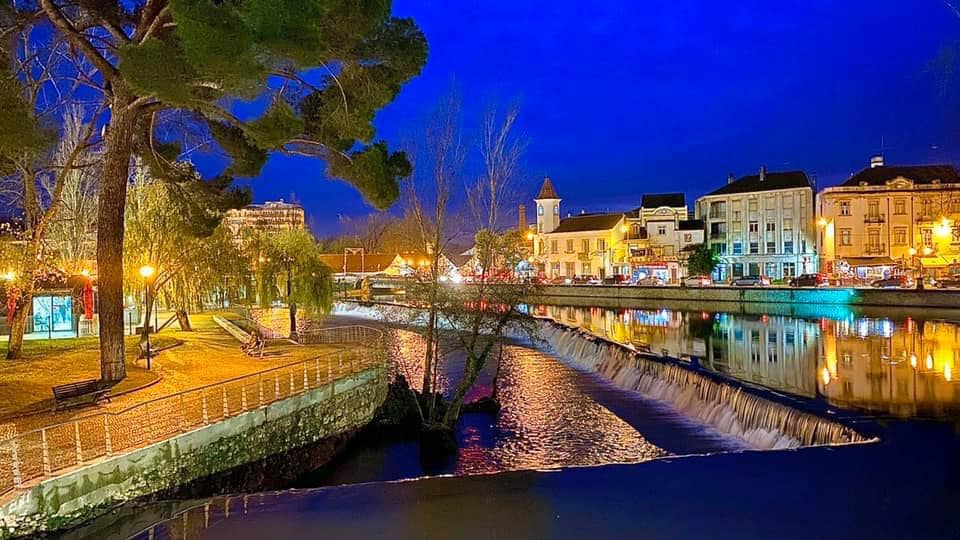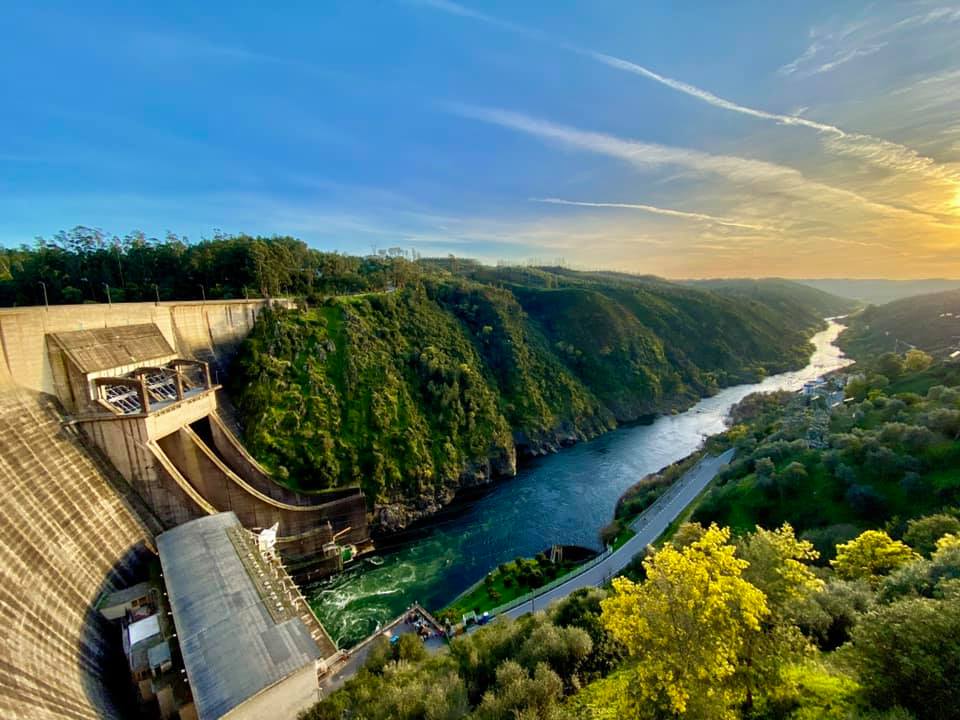Tomar, a city with 36,413 inhabitants, is the political capital of the Urban Community of the Middle Tagus and seat of the homonymous municipality with 11 parishes, 352 km, was the seat of the Military Orders of the Temple and Christ. Tomar was founded by D. Gualdim Pais in 1160, and Infante D. Henrique was one of those responsible for its growth.
Human fixation in this territory was due to excellent climate, abundant water, easy river communication and excellent soils for agricultural practice. From successive prehistoric civilizational marks there are utensils, caves, tapirs, villages, some tombstones, coins, sculptures, utilitarian pieces, the legend of Santa Iria, the toponymy, the irrigation wheels and the stake dirs.
The Romans founded the city of Sellium, or Seilium, whose ruins of the forum and traces of the dwellings of the time attest.

Thomar is born with the castle, whose construction, by the hand of the Order of the Templars, as well as that of the Village of Baixo, lasted for 44 years. In the 14th century, with the permanence of Infante D. Henrique as Administrator of the Order of Christ, the village benefits from a great development, being urbanized the area of Várzea Pequena, parallel to the Corredoura and perwaste to the river.
In the period of Philippine domination, the Spanish kings invest in Tomar: works of the main cloister of the Convent and Aqueduct of the Pegões, as well as the creation of the still existing Feira de Santa Iria.
Between the mid-17th and late 19th centuries, there was a major industrial development with the Factory of Balas do Prado, Vidros da Matrena, Chapéus e de Spinning e Tecidos and several paper factories.
In the 1950s, it was inaugurated what would be the largest hydroelectric dam in the country in the following five decades: the Castelo do Bode Dam.
In 1983, UNESCO recognized the Set Of Templar Castle-Convent of Christ as a World Heritage Site and, in the early 1990s, the first steps were taken for the recovery and consolidation of the Historic Center.

Tomar is a city full of cultural institutions and traditions, with reflection in the bands Gualdim Pais, Nabantina and Payalvense, at Cine-Teatro Paraíso, in the Museum of Contemporary Art, the aquatic sports complex; the Festival of The Boards, which gives a national and international projection to the city, thousands of people moving for the occasion; but also the Union of Friends of the Order of Christ and the Commission of Initiative and Tourism, two institutions for the protection and dissemination of Heritage.
The historic center, where the Town Hall and the Mother Church are located, is the Republic Square, from which the main public and religious buildings are irradiated: the Synagogue, the former Hospital da Misericórdia, the Convent of St. Francis and the former Rossio da Vila; the place of the Municipal Assembly, the chapels of S. Gregory and Senhora da Piedade and the former Convent of Anunciada; the hill of the Castle, the Hermitage of Senhora da Conceição and the Convent of Christ; the old Moagens and Moinhos da Vila, the Convent of Santa Iria, the Church of Santa Maria do Olival and the school area of the city, with the Polytechnic Institute to be rewound.
Full of natural beauty, it is the perfect oasis for those who want to get out of the hustle and bustle of the city, maintaining quality of life , with all the services necessary to everyday life in communion with the nature that surrounds it. Road access is easy, north and south. It is a rail and rail terminal, allowing you to connect to various parts of the country by public transport.
In tourism, it is endorsed with river beaches, parks and green spaces, provides moments of leisure, outdoor exercise and allows the practice of water sports to all its inhabitants and visitors.
In gastronomic terms, you can't miss the famous slices of Tomar or kiss me fast. The wines of the region are highly appreciated in the national and international market and their producers are often represented in fairs in the country. In the main dishes, are typically present the river fish and dishes in the casserole, reflection of times past.
Source: Tomar Town Hall